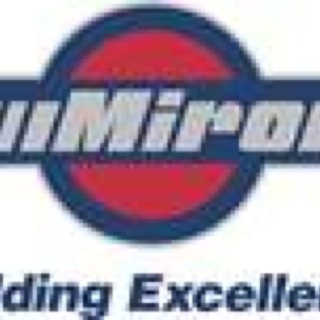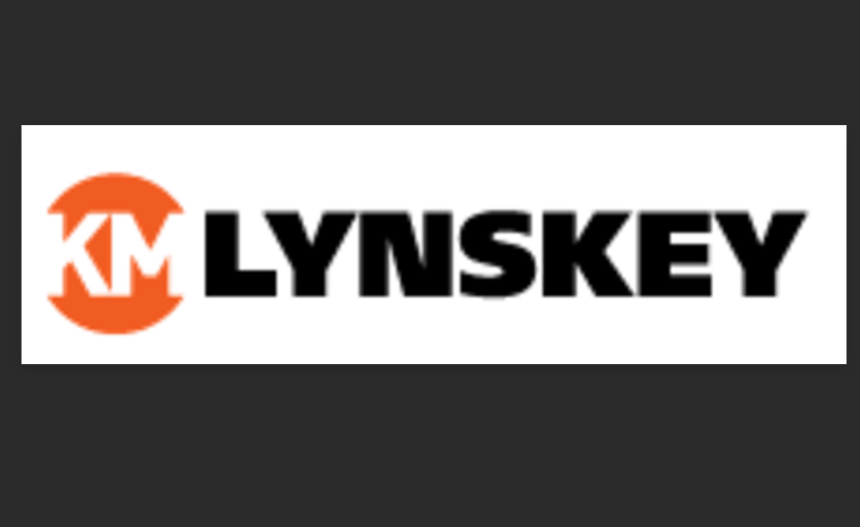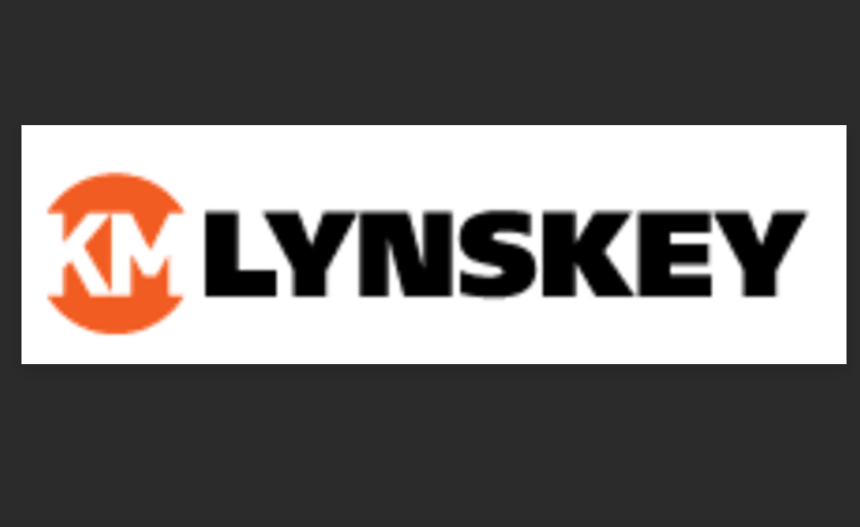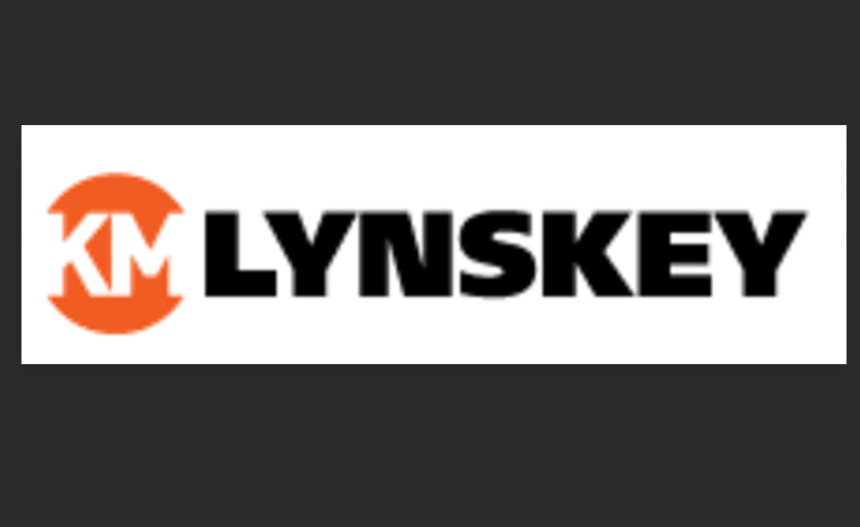Title Page
Task Inspection 20 - Mobile Scaffolding
Complete Site/Inspection Details
-
Project Name:
-
Project No:
-
Completed By:
-
Date:
-
Signature:
-
Have all personnel involved in the task read and signed onto SWMS?
-
Has a certificated scaffolder erected mobile scaffold in excess of 4 metres in height, where complex configurations are involved or if the scaffold has cantilevers or outriggers?
-
Is the mobile scaffold set up on firm and level ground?
-
Is castor wheels adjustment device operational, adjusted correctly and locked to prevent movement?
-
Plan bracing as low as possible, base frame is square and level, standards (uprights) plumb and joints firmly fitted, diagonal bracing secured and all end clip mechanisms in place?
-
Working Load Limit of 225kg for light weight aluminium mobile scaffold not exceeded?
-
Are top rails between 900mm and 1100mm in height and are midrails and toe boards in place?
-
Are ladders positioned internally, secured at top & bottom, ≈ 1:4 slope, extends 900mm through trapdoor?
-
Is the trapdoor closed while personnel are working on the working deck?
-
Is the working height of the platform is at a suitable height and is fully decked?
-
Mobile scaffolds must only be used on hard level surfaces and must not be located closer than 1 metre to any slab edge, penetration, excavation or other step down without edge protection?
-
Mobile scaffold with ratio 3:1 must have outriggers, e.g. 4m base with 1.2m base must have outriggers in place (2:1 ratio for a narrow base width <1.2m)?
-
Are personnel not on working platform while mobile scaffolding moved?
-
Is there sufficient public protection and mobile plant/vehicles (exclusion zones and delineation)?
-
Is mobile scaffold clear of electrical hazards during erection and use?
-
Is the scaffold and works being conducted from the scaffold safe?














